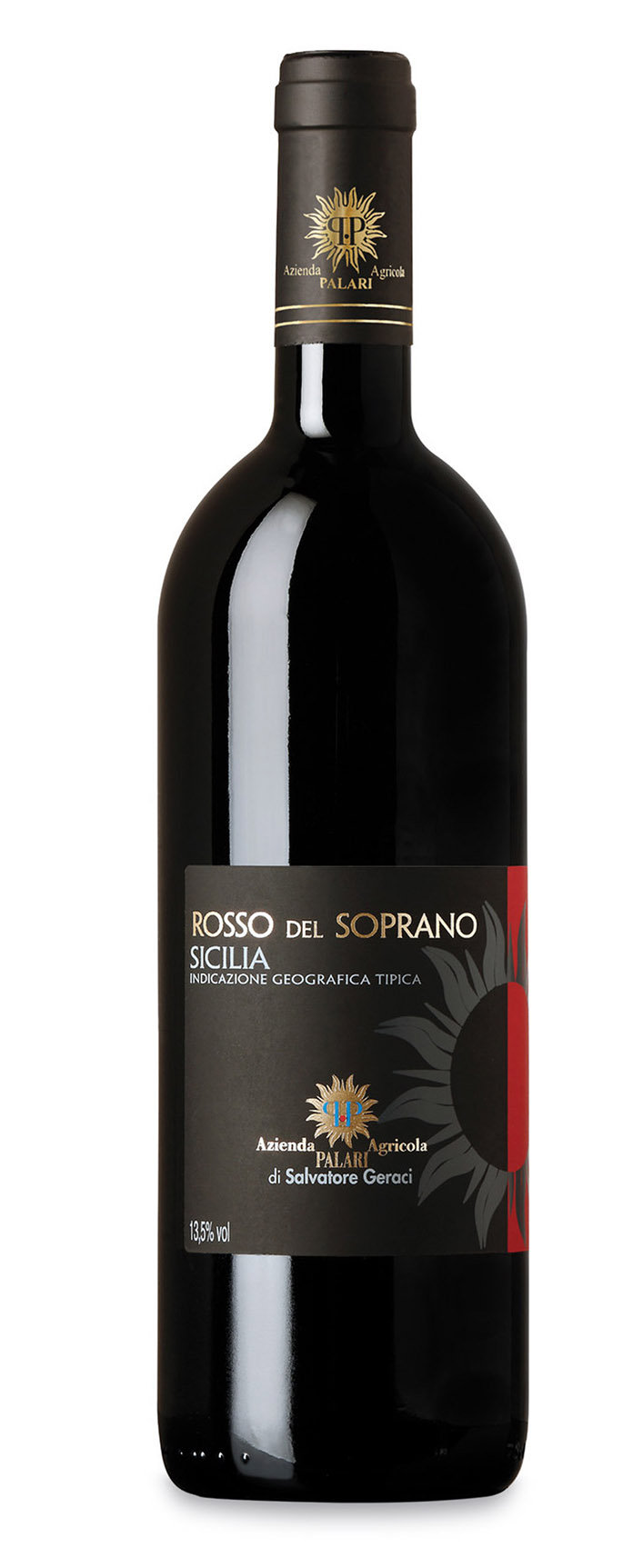Vineyard Location: The Strait of Messina, a narrow strait between the eastern tip of Sicily (Punta del Faro) and the western tip of Calabria (Punta Pezzo). Rising from the coast the influence of mountain winds and sea breezes creates a unique microclimate.
Soil: Volcanic basalt.
Elevation: 250-365 meters (800-1200 feet) a.s.l.
Exposure: Southeastern, on steep slopes (78% gradient) necessitating a manual harvest with baskets of 20 kg.
Planting System: Head Trained.
Yield: About 0.8 tons per acre.
